Ward Brackett ad art from 1956.
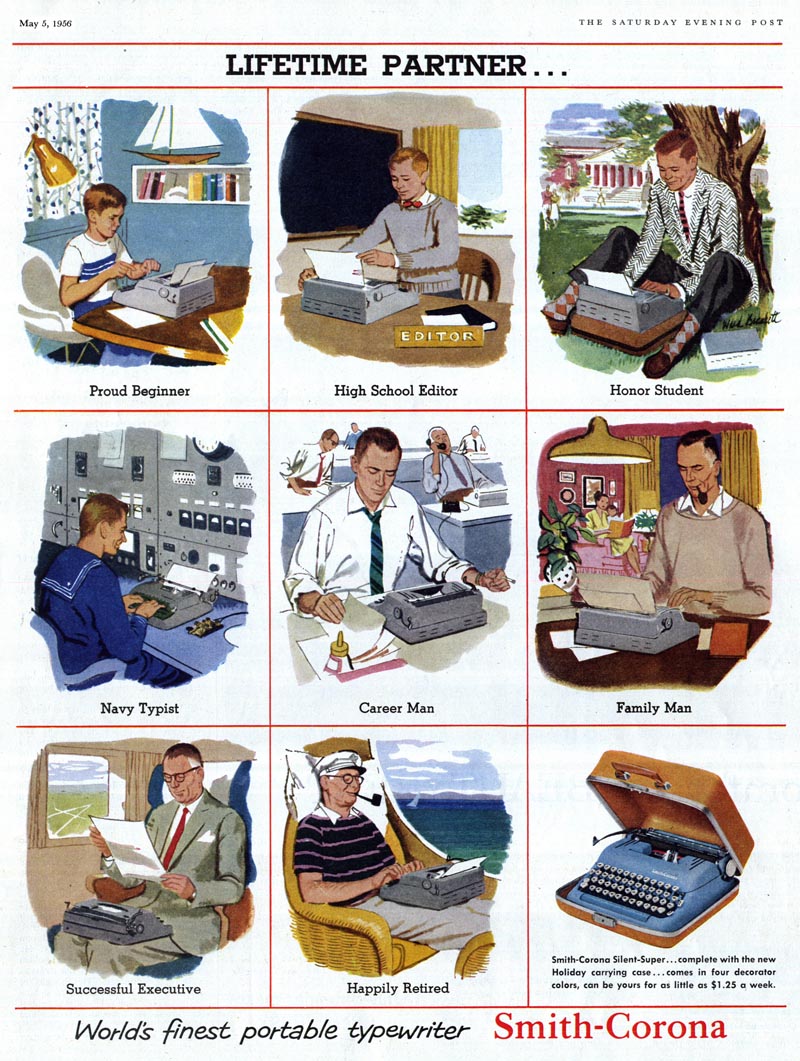
Fine, competent work - but very 'straight.'
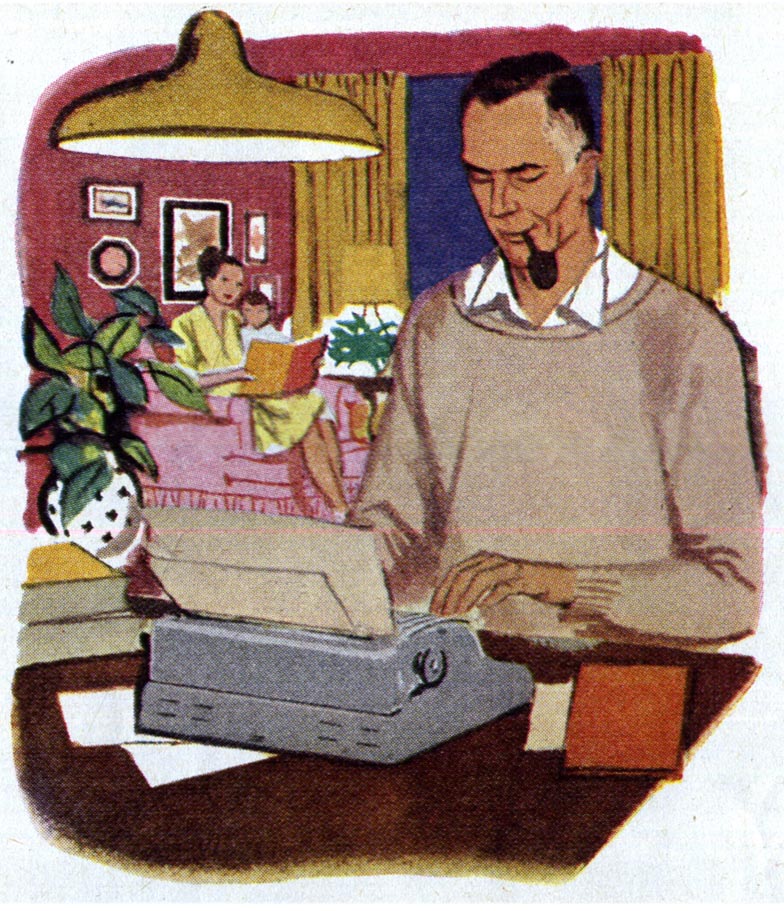
That same year, Brackett art from Cosmopolitan magazine. Here once again you can see Brackett using the opportunity of story illustration to try something just a little bit different. But hardly adventurous.

Fast forward to 1962, again in Cosmo magazine.
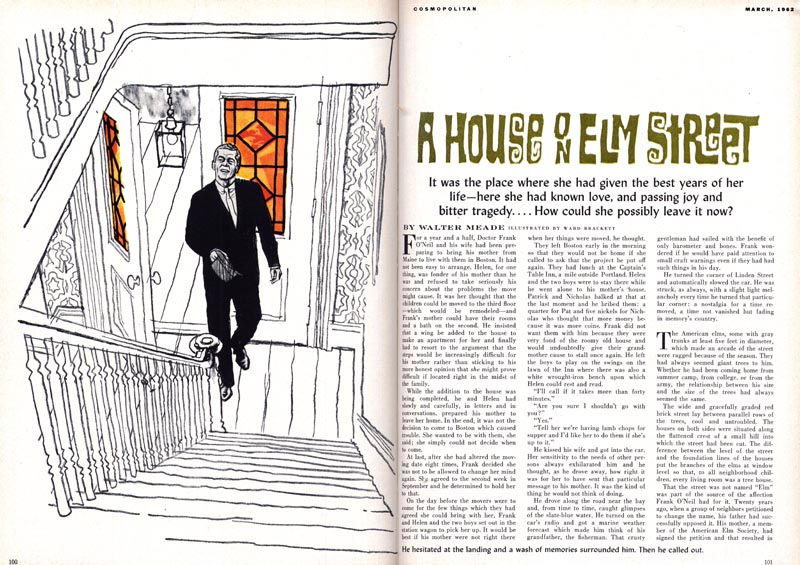
Now, this is not your father's Ward Brackett.
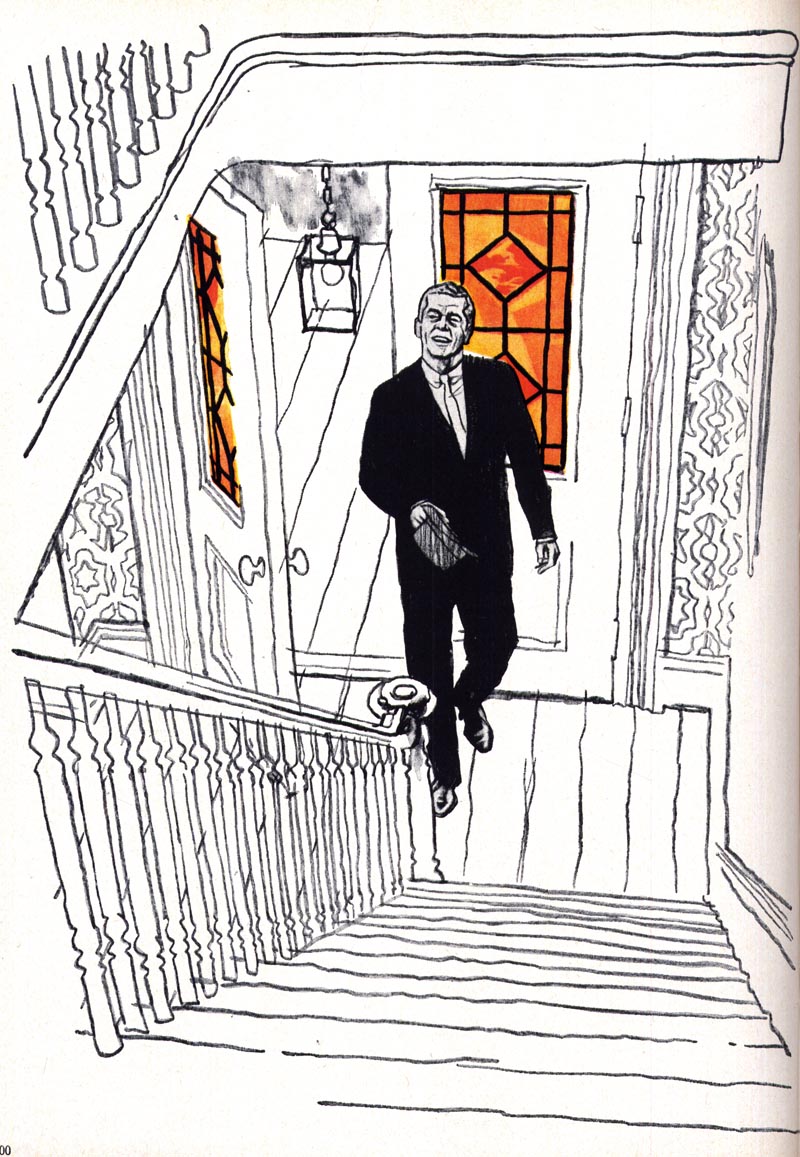
What triggered the change... and was Brackett a leader or a follower?
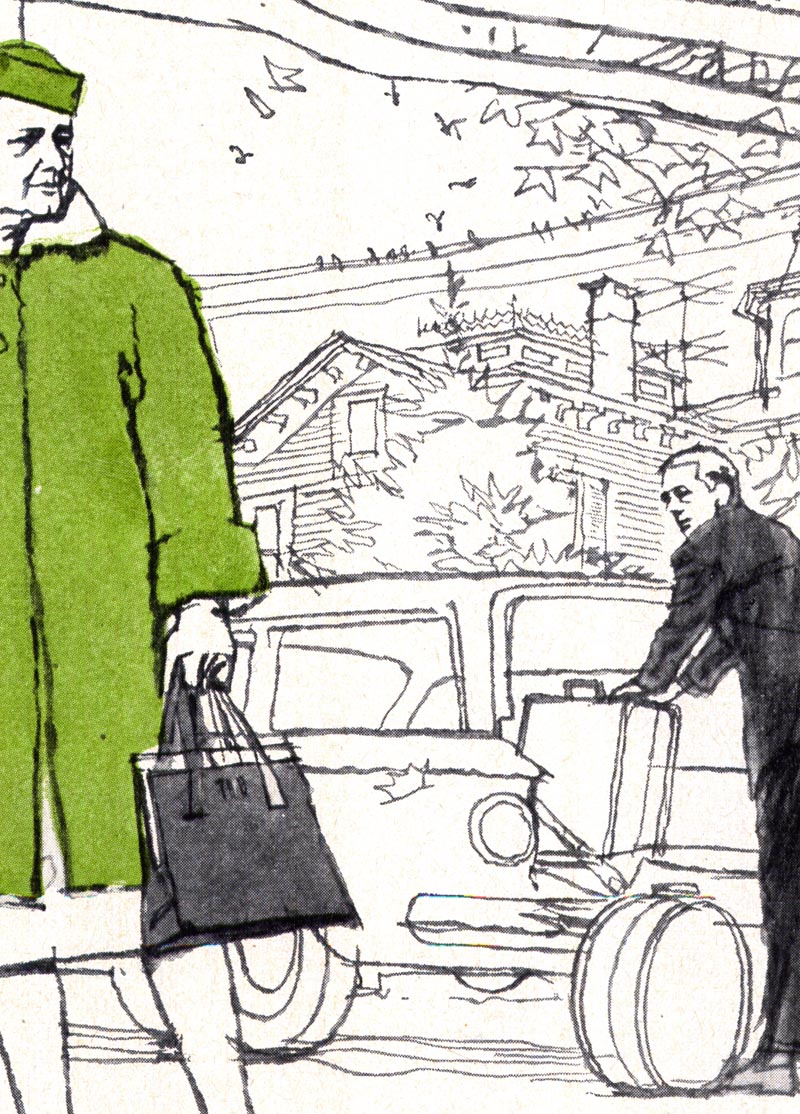
In Walt Reed's seminal book, The Illustrator in America, Reed writes that Ward Brackett decided in mid-career to return to school, to the Brooklyn Museum, where he studied with Reuben Tam. Is this stylistic transformation a result of those studies?
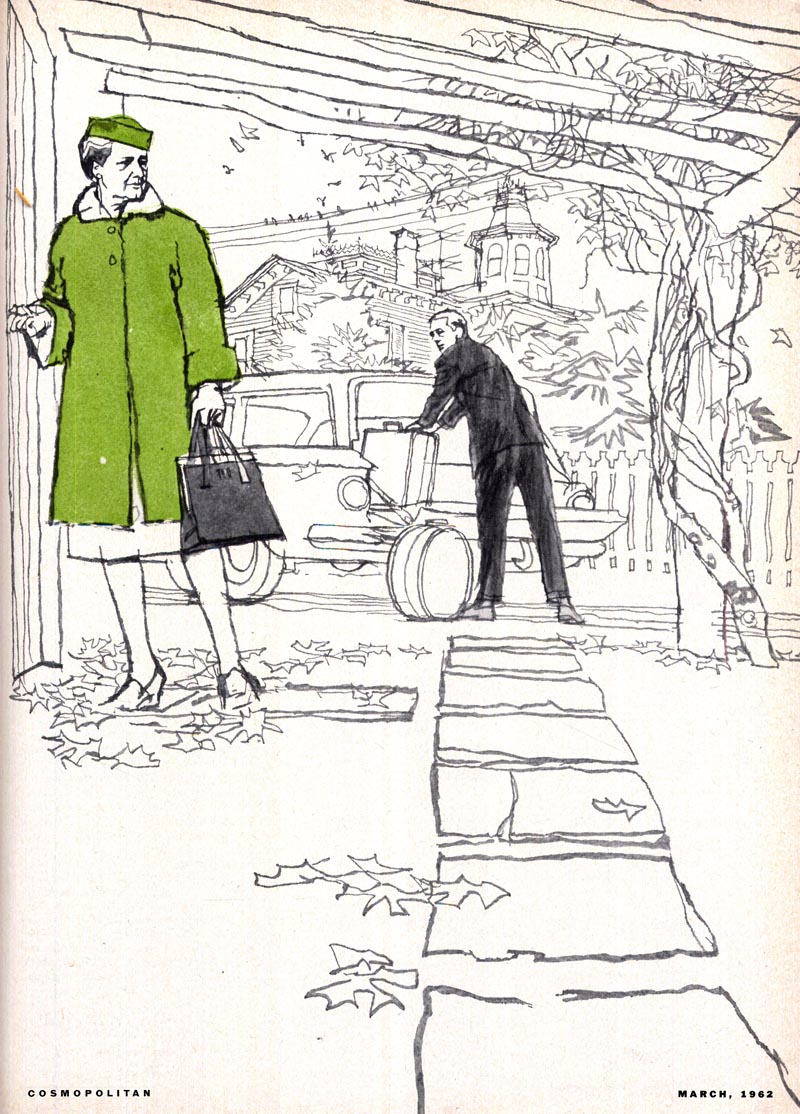
Here's more Ward Brackett art from around the same period - from a 1963 Reader's Digest Condensed Books story.
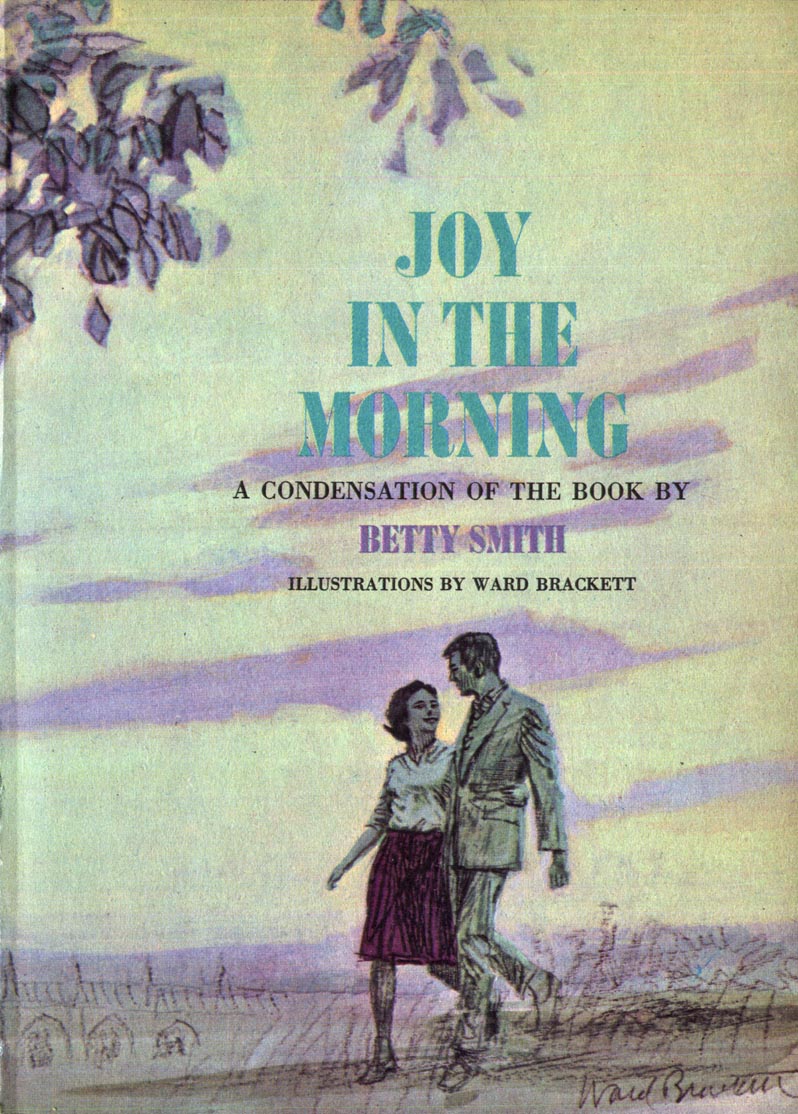
While researching Brackett online last weekend I came across an interesting anecdote from French comics writer, Jean-Pierre Dionnet.
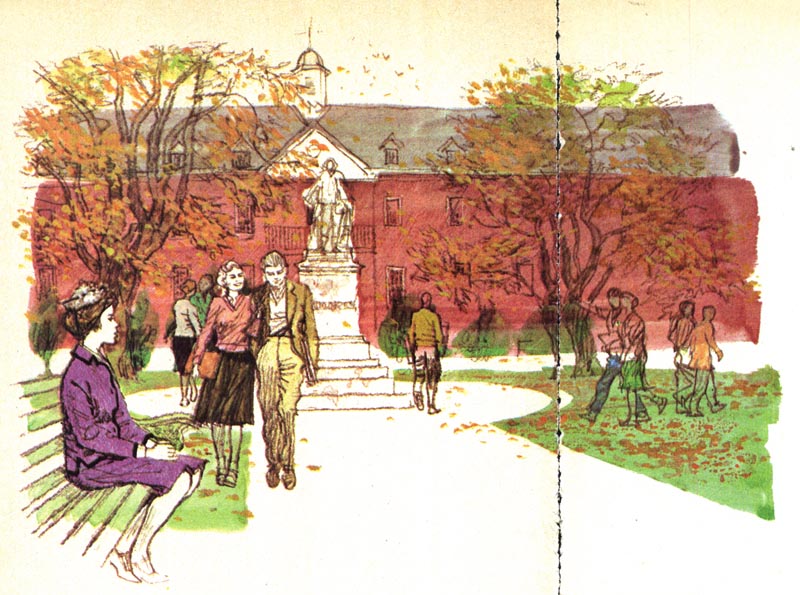
Dionnet recounts how, a few years ago, while discussing the work of Bob Peak and Bernie Fuchs with Jim Steranko, the legendary comic artist/illustrator told Dionnet to look at Ward Brackett's work, suggesting that was where Peak and Fuchs had first found the inspiration for their early revolutionary stylistic efforts.
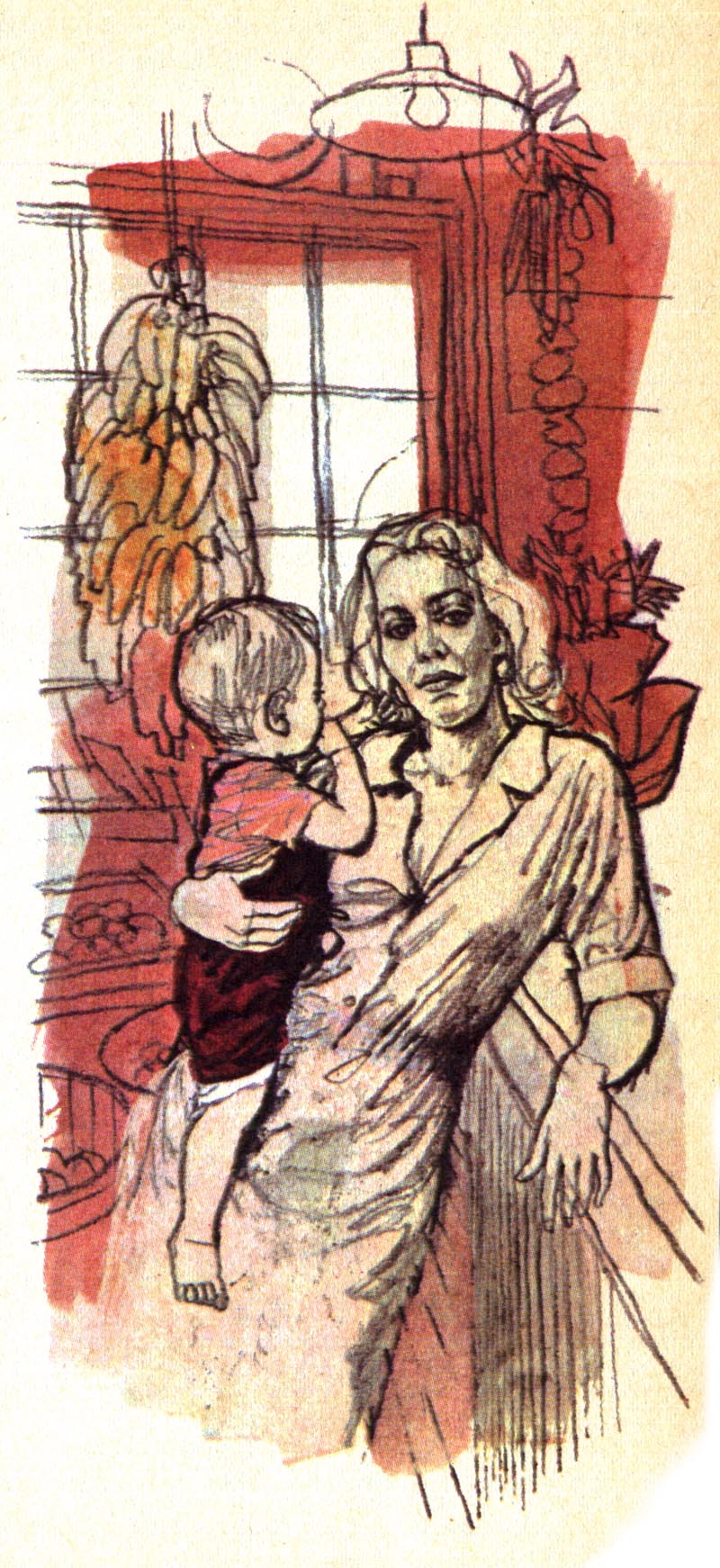
Dionnet writes, "One day I finally found an original Ward Brackett and I understood. Yes, yes, this style - falsely fast but all the necessary details are there..."
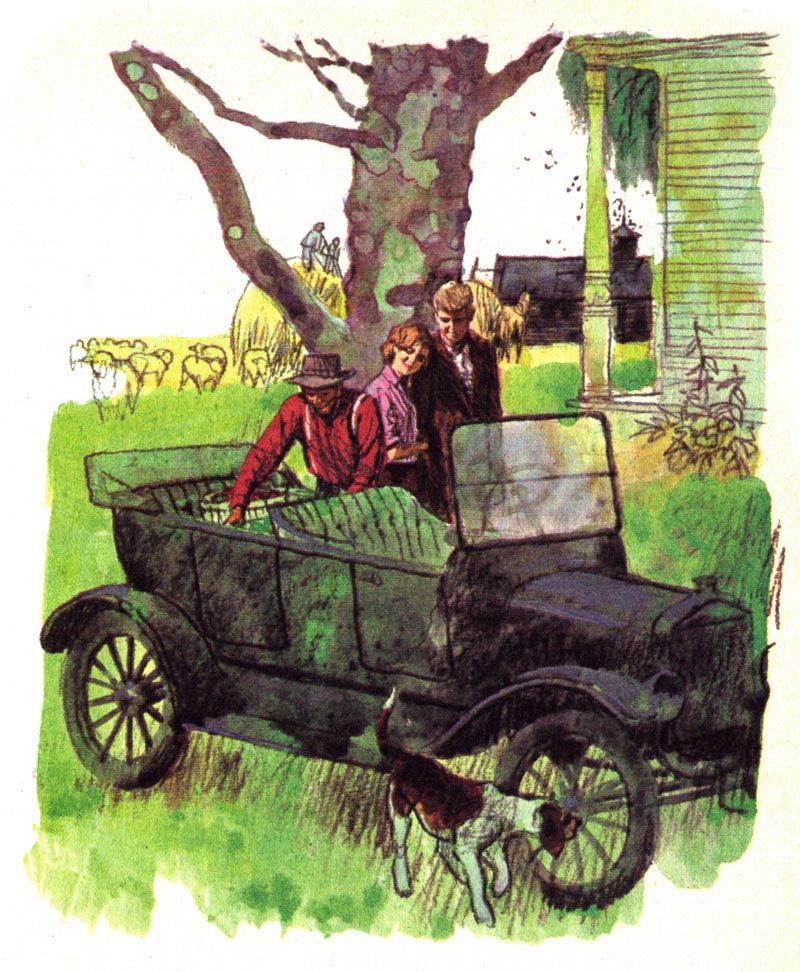
"... just good Ward Brackett, who was a GI who married a Japanese woman and stayed fifteen years after the war, inventing the new American style from then some Japanization." [Google's imperfect translation from the French]
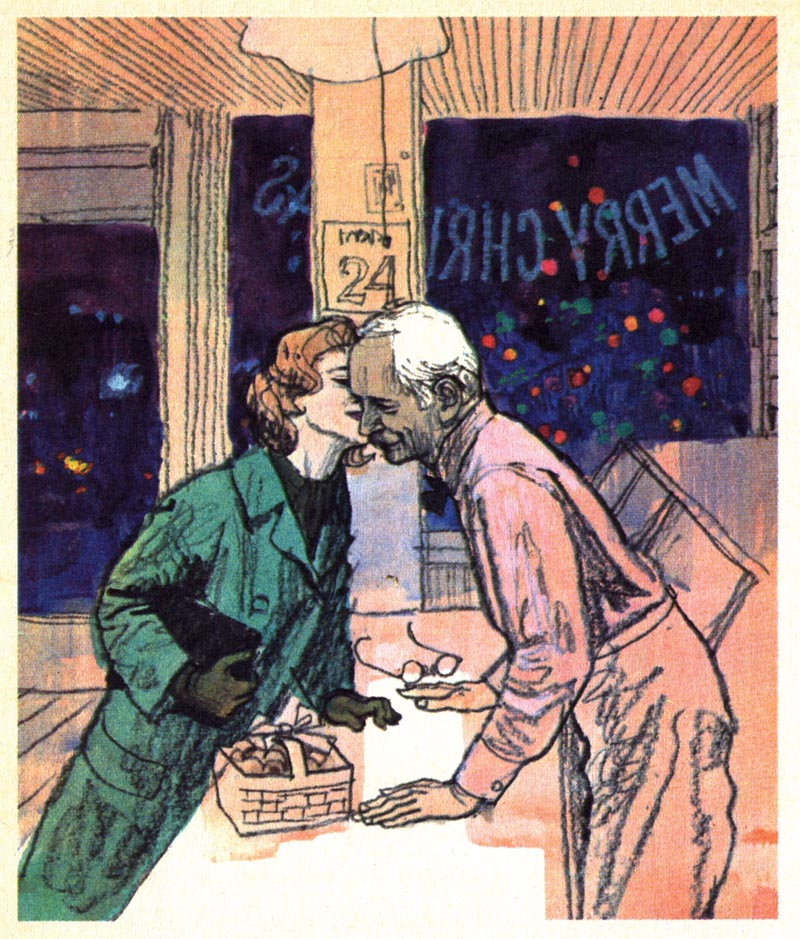
The story sounds mixed up - because we know Brackett didn't stay in Japan for 15 years after WWII. But still... could it be that Ward Brackett, enjoying a fine but much less spectacular career than Peak and Fuchs, was actually the stylistic catalyst for these two giants of the illustration business?
* My Ward Brackett Flickr set.

Fine, competent work - but very 'straight.'

That same year, Brackett art from Cosmopolitan magazine. Here once again you can see Brackett using the opportunity of story illustration to try something just a little bit different. But hardly adventurous.

Fast forward to 1962, again in Cosmo magazine.

Now, this is not your father's Ward Brackett.

What triggered the change... and was Brackett a leader or a follower?

In Walt Reed's seminal book, The Illustrator in America, Reed writes that Ward Brackett decided in mid-career to return to school, to the Brooklyn Museum, where he studied with Reuben Tam. Is this stylistic transformation a result of those studies?

Here's more Ward Brackett art from around the same period - from a 1963 Reader's Digest Condensed Books story.

While researching Brackett online last weekend I came across an interesting anecdote from French comics writer, Jean-Pierre Dionnet.

Dionnet recounts how, a few years ago, while discussing the work of Bob Peak and Bernie Fuchs with Jim Steranko, the legendary comic artist/illustrator told Dionnet to look at Ward Brackett's work, suggesting that was where Peak and Fuchs had first found the inspiration for their early revolutionary stylistic efforts.

Dionnet writes, "One day I finally found an original Ward Brackett and I understood. Yes, yes, this style - falsely fast but all the necessary details are there..."

"... just good Ward Brackett, who was a GI who married a Japanese woman and stayed fifteen years after the war, inventing the new American style from then some Japanization." [Google's imperfect translation from the French]

The story sounds mixed up - because we know Brackett didn't stay in Japan for 15 years after WWII. But still... could it be that Ward Brackett, enjoying a fine but much less spectacular career than Peak and Fuchs, was actually the stylistic catalyst for these two giants of the illustration business?
* My Ward Brackett Flickr set.






0 comments:
Post a Comment